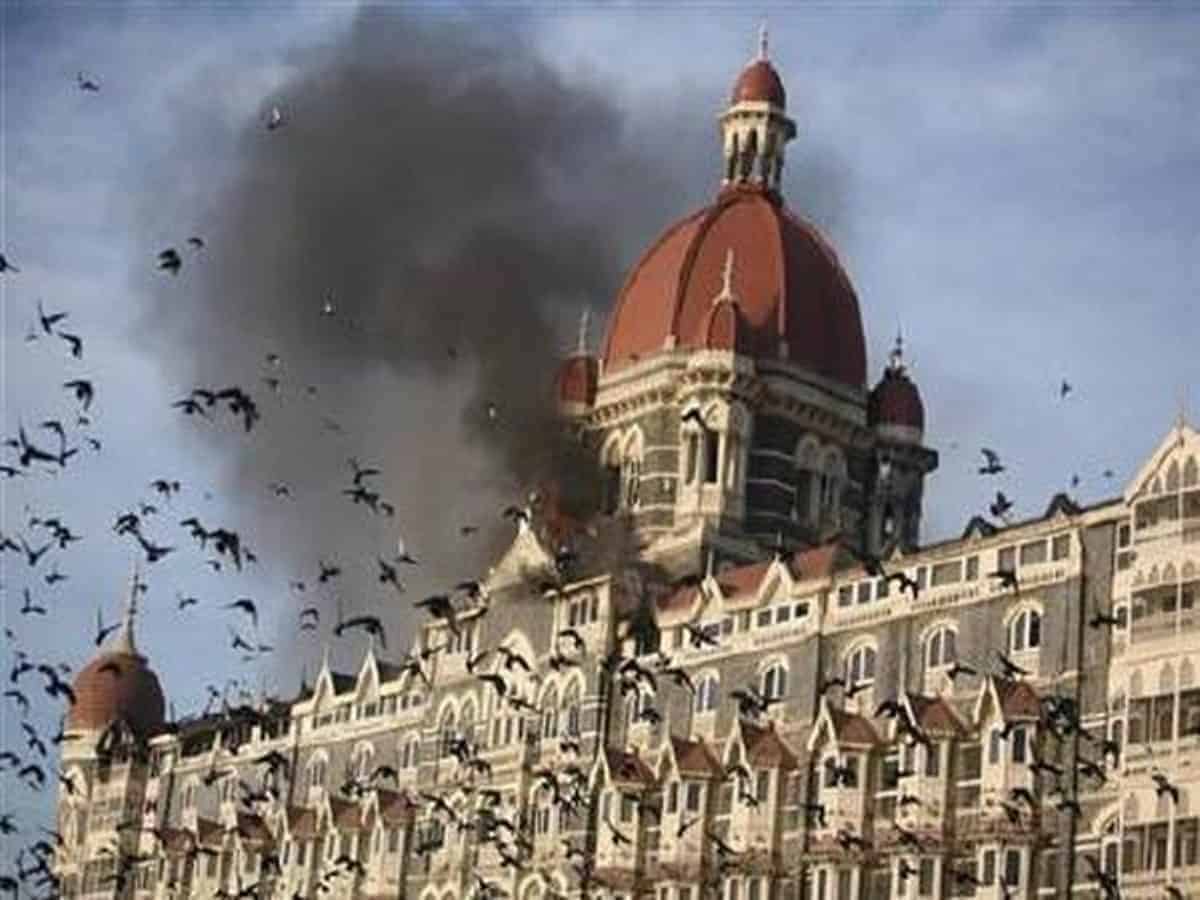Mumbai: Twelve years may seem like a long time, but for police inspector Bhaskar Kadam, the events that unfolded during the 26/11 Mumbai terror attacks in 2008 remain etched in his memory.
Kadam, who was then attached as a special officer with D B Marg police station, recalls the sequence of events that led to the capture of terrorist Ajmal Kasab, which proved crucial to combat terrorists who had entered the city from the sea route.
In an interview to a web channel, Kadam said that Kasab’s interrogation at the time revealed the scale of the attacks, weapons being used, the number of people involved.
“This critical information helped the security agencies and a joint operation was launched by the National Security Guard (NSG) and Mumbai police, in which terrorists got killed. Otherwise, I cannot imagine, how many people could have been killed in the attacks,” he said.
Kadam was part of a 16-member police team, which was on ‘nakabandi’ duty at Girguam Chowpatty to intercept the car in which Kasab and another terrorist were travelling.
As the car hijacked by the terrorists approached them, it stopped 50 feet short of the checkpoint, and firing ensued, he said.
Kadam recalled pulling out his service pistol and firing three rounds at the driver’s seat of the vehicle, shooting one of the terrorists in the head.
“From the other side, a team including assistant sub-inspector Tukaram Ombale rushed to catch Kasab, who was sitting next to the driver”
Kadam said.
Just as Ombale caught hold of Kasab, the latter opened fire from his AK-47 rifle that hit him in the chest, the official said.
“But the policemen managed to overpower Kasab with their lathis,” he said.
It was inspector Sanjay Govilkar’s decision to capture Kasab alive, as he could give the police vital information about terrorists and their plan, Kadam said.
On November 26, 2008, 10 Lashkar-e-Taiba terrorists from Pakistan arrived by sea route and opened fire, killing 166 people, including 18 security personnel, and injuring several others during the 60-hour siege in Mumbai.
The then Anti-Terrorism Squad (ATS) chief Hemant Karkare, Army Major Sandeep Unnikrishnan, Mumbai’s Additional Police Commissioner Ashok Kamte, Senior Police Inspector Vijay Salaskar and Assistant Sub-Inspector (ASI) Tukaram Omble were among those killed in the attack.
The Chhatrapati Shivaji Maharaj Terminus, the Oberoi Trident, the Taj Mahal Hotel, Leopold Cafe, Cama Hospital and the Nariman House Jewish community centre, now renamed Nariman Light House, were some of the places targeted by terrorists.
Nine terrorists were later killed by the security forces, including the NSG, the country’s elite commando force.
Kasab, the only terrorist to be captured alive, was hanged four years later on November 21, 2012.

